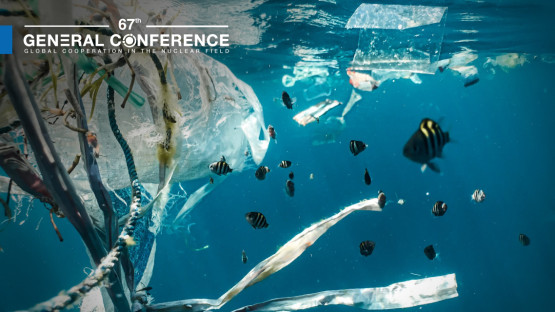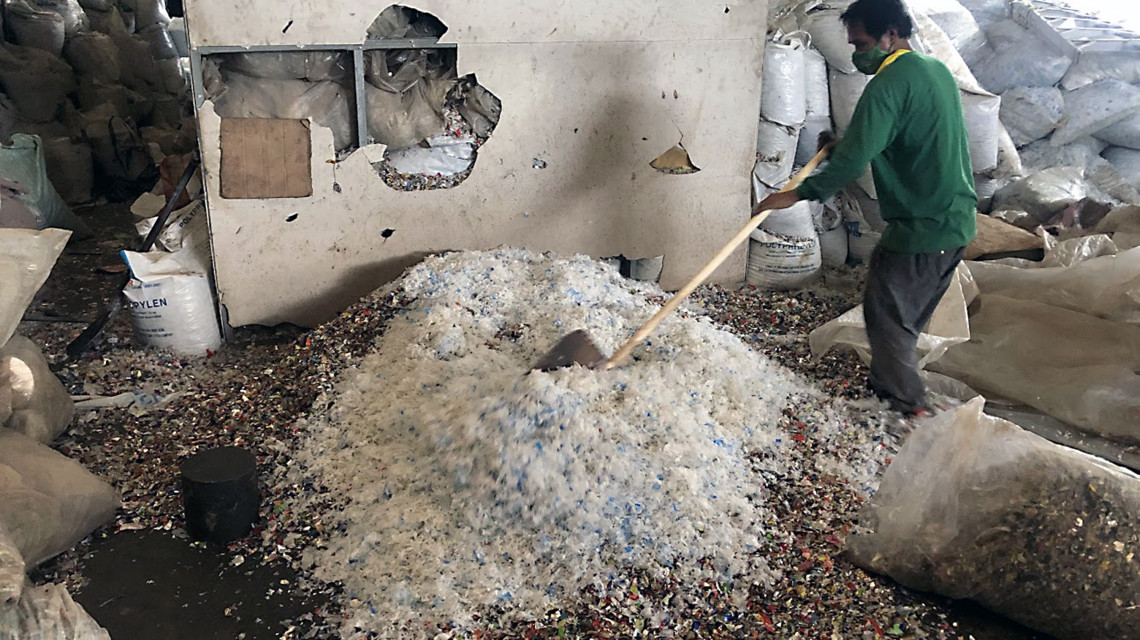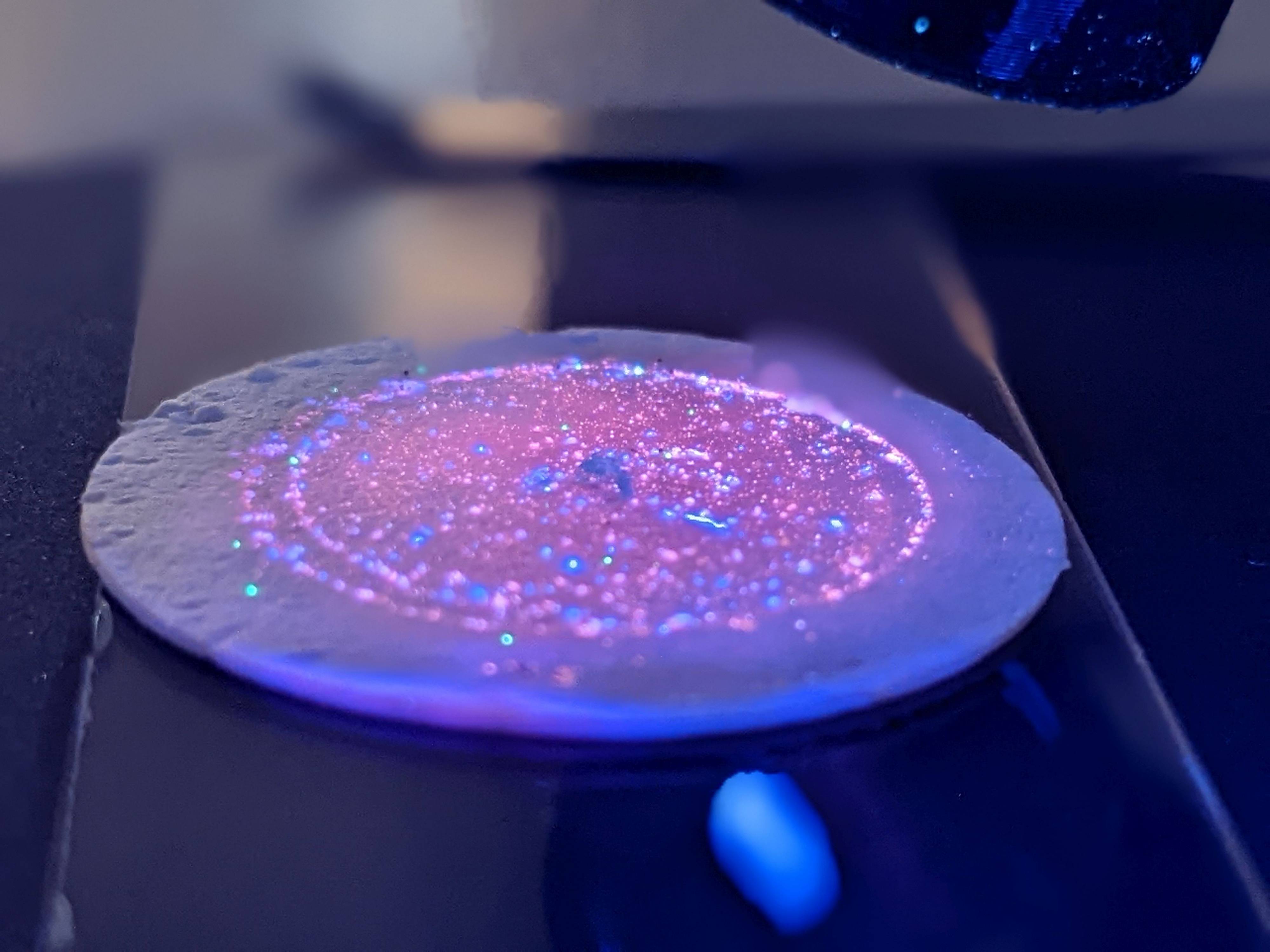By 2050, there may be more plastic in the ocean than fish. Radiation and nuclear technologies provide solutions to help return oceans to a healthy, thriving state, with experts developing innovative ways to recycle plastic waste and monitor plastic pollution in the ocean. The IAEA is advancing the application of these technologies worldwide through its NUTEC Plastics initiative. Three years after its launch, experts discussed the impact, progress, and the next steps of this IAEA flagship initiative at a side event held today at the IAEA’s 67th General Conference.
“Plastic pollution is a growing problem: only nine per cent of this kind of waste is recycled or repurposed and ten million tonnes of plastics reach the oceans every year. We need innovative approaches,” said Florence Descroix-Comanducci, Director of the IAEA Marine Environment Laboratories, who opened the event and then gave the floor to other speakers who discussed the two components of NUTEC Plastics: recycling and monitoring. Nuclear science and technology can play a key role on both fronts. Irradiation can be used to treat plastic waste, extending current recycling potential and enabling a wider and higher-value reuse. Nuclear science is also used to identify, trace and monitor plastics in the ocean, particularly microplastics.











